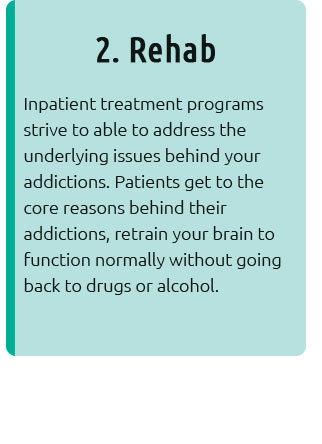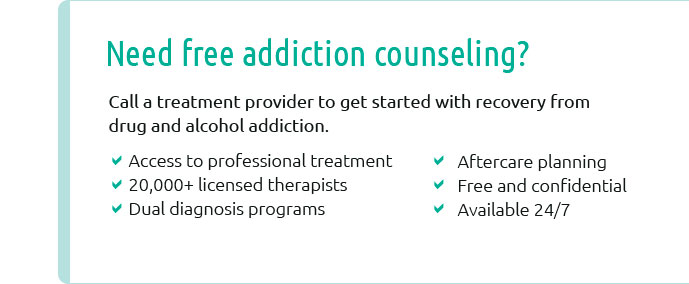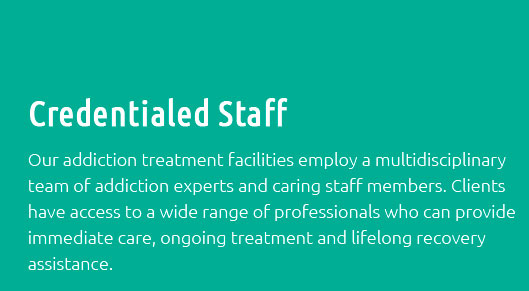 |
 |
 |
 |
 |
 |
||
 |
 |
 |
 |
 |
 |
 |
||
 |
||
 |
||
 |
 |
 |
|
 |
|
|
Discover the transformative power of healing at our inpatient drug rehab centers, where every moment is dedicated to your recovery journey; here, you are not just a patient but a person with dreams, hopes, and the potential to reclaim your life-our dedicated team of experts, compassionate care, and evidence-based treatments converge to create a sanctuary of hope and resilience, empowering you to break free from the chains of addiction and embrace a future brimming with possibilities-this is more than rehab; it's the beginning of your new chapter, where strength is rebuilt, and lives are reborn.
https://recovery.org/drug-alcohol-rehab/virginia-beach-va/
Virginia Beach alcohol and drug inpatient rehabs near me. Find out more about outpatient, detox centers, addiction treatment programs and insurance coverage ... https://www.addictions.com/rehabs/virginia/norfolk/
Find the best drug rehabs in Norfolk, VA in 2024. Filter by inpatient, outpatient, insurance accepted, and more to find the right ... https://startyourrecovery.org/treatment/rehab-centers/virginia/norfolk
15 free treatment programs. 3 inpatient drug & alcohol rehab centers. 9 outpatient. 4 detox centers in Norfolk. 5 luxury residential.
|